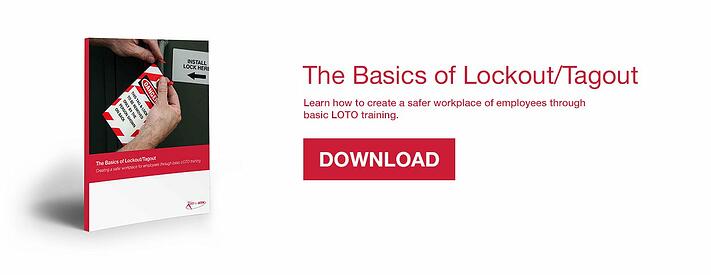Only a few days after President Donald Trump’s inauguration, what can your company expect with changes to OSHA regulations? Particularly, what sort of impact will the Trump administration have on enforcement? While many areas may indicate a greater potential for review, revision, or revocation under the Congressional Review Act, let’s take a closer look at one particular aspect: fees or fines for violations. Status of Increased Penalties In November 2015, Congress enacted legislation requiring federal agencies to adjust their civil penalties to account for inflation. Increased emphasis and resources for enforcement were allocated along with the penalty and fine increases, effective August 1, 2016. With that August 1 increase, potential willful and/or repeat violations jumped from $70,000 to $124,704 per violation, based on each OSHA area director’s compliance directives and discretion. The Trump administration might find rolling them back difficult, since the penalty change is now a statute. Whomever is chosen Secretary of Labor could refuse to allow continuing increases based on “cost of living,” as proposed by the Obama administration. Or Congress can change this statute under future pressure from Trump. Outlook on Repeat Violations The OSHA Field Manual states an employer may be cited for a repeated violation if that employer has been cited for the same or similar condition, and the citation has become a final order of the Occupational Safety and Health Review Commission. Currently these violations can be used as the basis for a repeat violation if it occurred within the previous 5 years, recently increased from 3 years by the Obama administration. Given Trump’s past business experience, particularly in the construction trade, along with the penalty increases enforced by the Obama administration, this could potentially be rolled back by Trump. New administrations are faced with the same options when reviewing regulations from current or previous administrations. One, review and revise. Two, be subject to the Congressional Review Act (CRA). Under the CRA, lawmakers have 60 legislative days to overturn a regulation from the current or previous administration. “If lawmakers are not in session during the 60 days before adjourning their final session, the clock resets, and the new Congress is given another 60 days to act,” said former Secretary of Labor Edwin G. Foulke Jr.
What Impact Will the Trump Administration Have on OSHA Enforcement?





